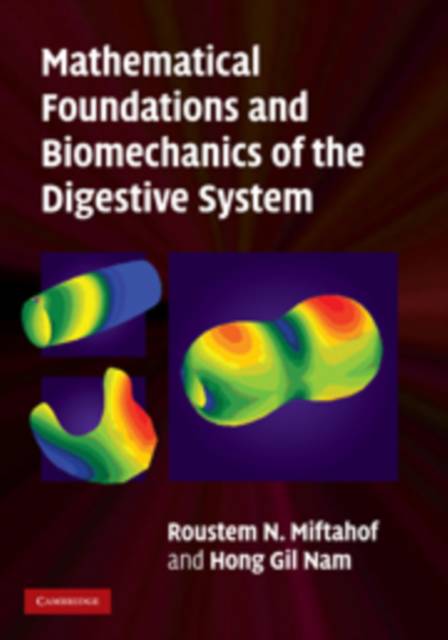
- Afhalen na 1 uur in een winkel met voorraad
- Gratis thuislevering in België vanaf € 30
- Ruim aanbod met 7 miljoen producten
- Afhalen na 1 uur in een winkel met voorraad
- Gratis thuislevering in België vanaf € 30
- Ruim aanbod met 7 miljoen producten
Zoeken
Mathematical Foundations and Biomechanics of the Digestive System
Roustem N Miftahof, Hong Gil Nam
Hardcover | Engels
€ 145,95
+ 291 punten
Omschrijving
Mathematical modelling of physiological systems promises to advance our understanding of complex biological phenomena and pathophysiology of diseases. In this book, the authors adopt a mathematical approach to characterize and explain the functioning of the gastrointestinal system. Using the mathematical foundations of thin shell theory, the authors patiently and comprehensively guide the reader through the fundamental theoretical concepts, via step-by-step derivations and mathematical exercises, from basic theory to complex physiological models. Applications to nonlinear problems related to the biomechanics of abdominal viscera and the theoretical limitations are discussed. Special attention is given to questions of complex geometry of organs, effects of boundary conditions on pellet propulsion, as well as to clinical conditions, e.g. functional dyspepsia, intestinal dysrhythmias and the effect of drugs to treat motility disorders. With end of chapter problems, this book is ideal for bioengineers and applied mathematicians.
Specificaties
Betrokkenen
- Auteur(s):
- Uitgeverij:
Inhoud
- Aantal bladzijden:
- 240
- Taal:
- Engels
Eigenschappen
- Productcode (EAN):
- 9780521116626
- Verschijningsdatum:
- 7/06/2010
- Uitvoering:
- Hardcover
- Formaat:
- Ongenaaid / garenloos gebonden
- Afmetingen:
- 173 mm x 249 mm
- Gewicht:
- 612 g

Alleen bij Standaard Boekhandel
+ 291 punten op je klantenkaart van Standaard Boekhandel
Beoordelingen
We publiceren alleen reviews die voldoen aan de voorwaarden voor reviews. Bekijk onze voorwaarden voor reviews.











